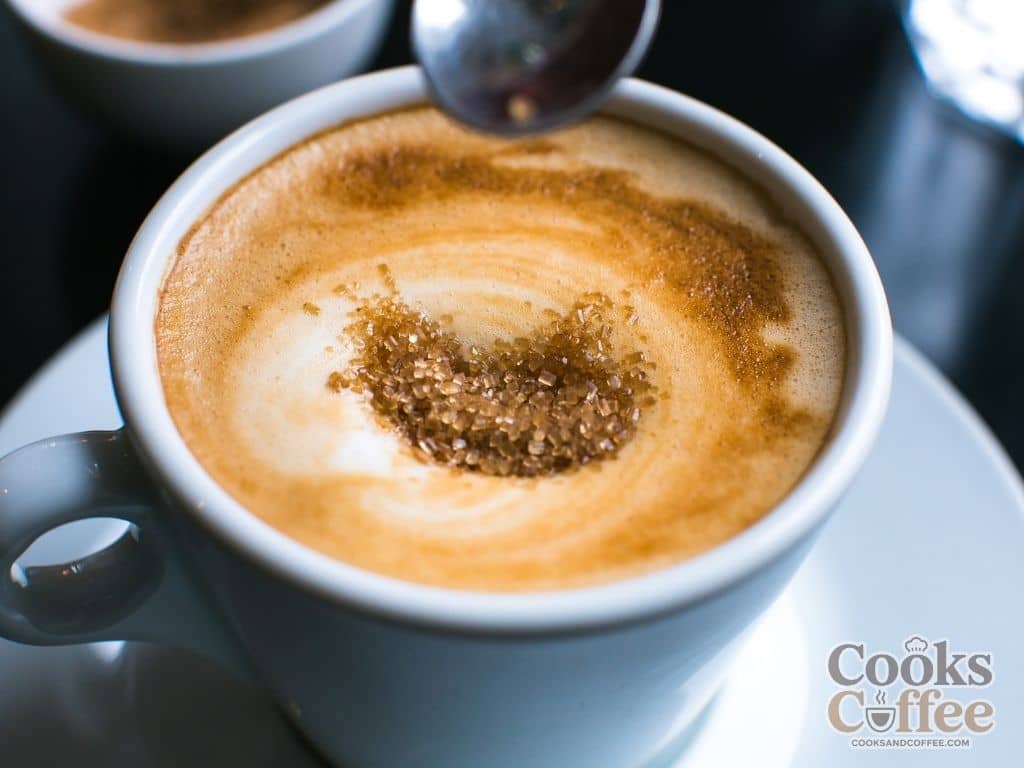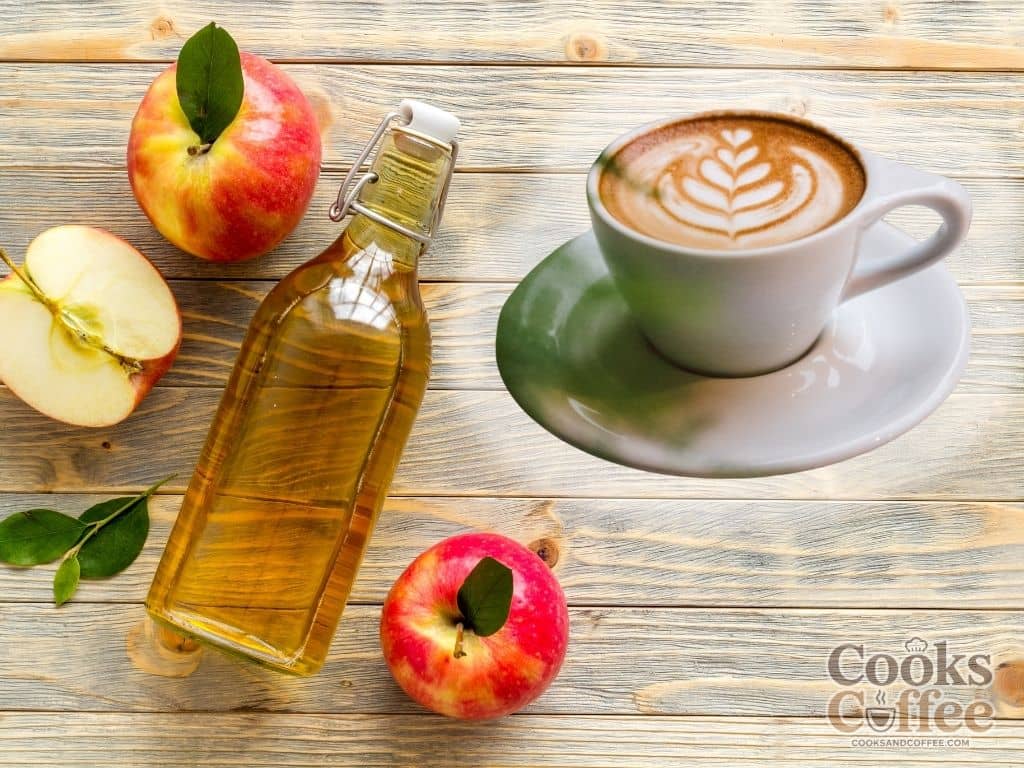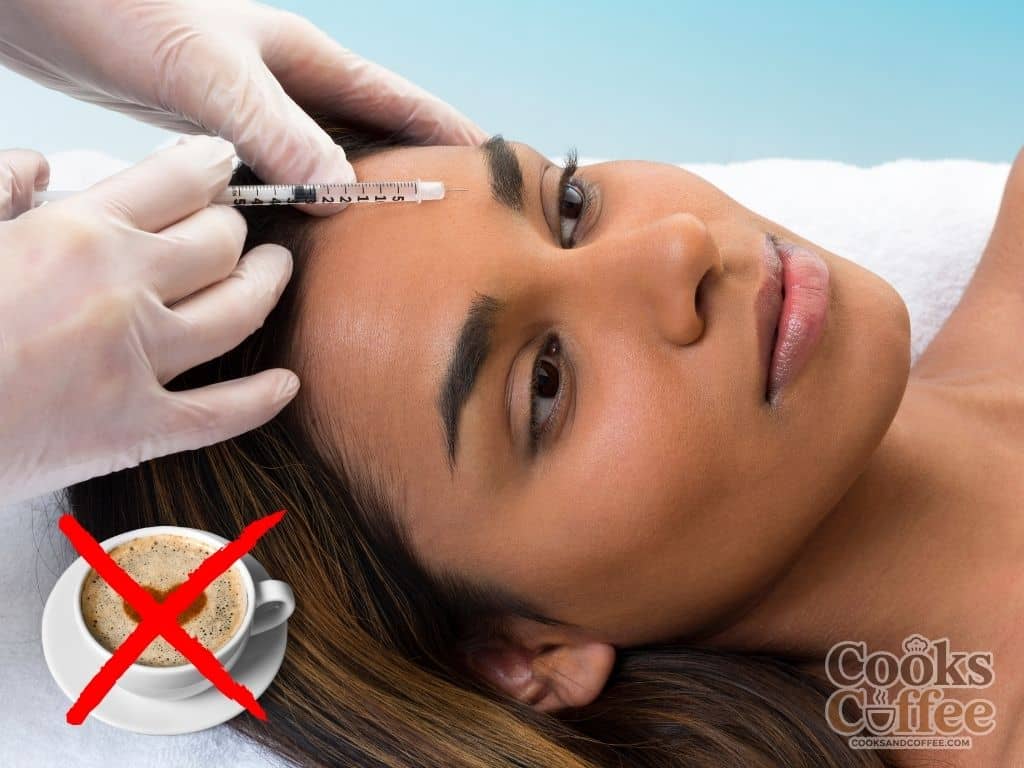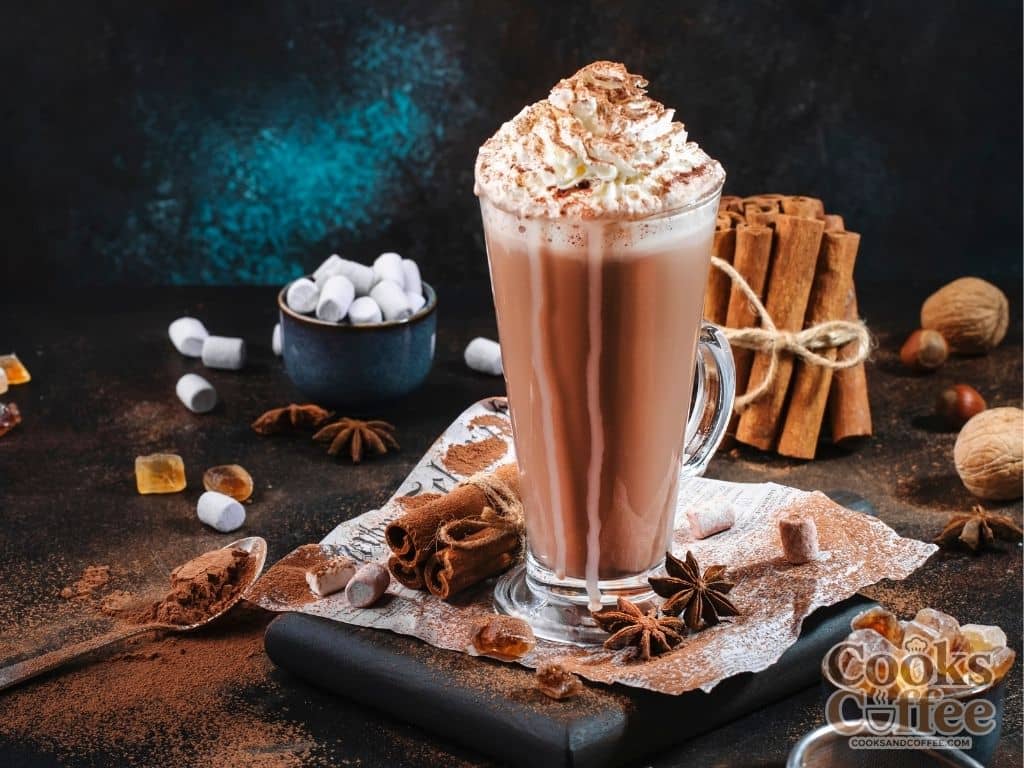
Is Brown Sugar the Key to Better Coffee?
Alright, let’s have a real talk. You’ve dialed in your grind size, you’re using filtered water, and you’ve even started weighing your beans. Your coffee is… fine. Good, even. But something’s missing. It’s not quite the soul-warming, “wow-I-made-this?” elixir you dream of. You’re staring into your mug, wondering what magic ingredient you’re overlooking.
What if I told you the secret might be hiding in your pantry, right next to the all-purpose flour? I’m talking about brown sugar.
Before you dismiss this as heresy against the black coffee purists, hear me out. I was once a skeptic, too. I thought sugar was sugar. But after a happy accident involving a shortage of white sugar and a desperate reach for the brown stuff, my morning routine changed forever.
Let’s break down why this humble baking staple might just be the upgrade your cup deserves.
What’s the Big Deal About Brown Sugar Anyway?
So, what exactly is brown sugar? I used to think it was just… sugar that’s brown. Not the most scientific approach, I know.
Turns out, it’s pretty simple. Brown sugar is essentially white granulated sugar with a special guest star: molasses. That’s it. That’s the whole secret. The molasses is either added back in after processing (in most commercial brands) or left in during the sugar refining process.
This one ingredient makes a world of difference. It’s not just about color; it’s about flavor, moisture, and chemistry. The molasses brings a whole party of deep, caramel-like notes and a touch of acidity that white sugar just can’t match. It’s what gives your grandma’s chocolate chip cookies that iconic chewiness and rich taste.
But what does a cookie ingredient have to do with your morning brew? Everything.
Brown Sugar vs. White Sugar: The Ultimate Coffee Smackdown
Let’s get into the nitty-gritty. Why would you choose one over the other in your coffee? It’s more than just a sweetener; it’s a flavor modifier.
The Case for White Sugar
- Neutral Sweetness: White sugar is the neutral judge. It adds sweetness without adding any other competing flavors. If your coffee is a complex, single-origin bean with delicate floral or fruity notes, white sugar might be the way to go to avoid masking those subtle profiles.
- Quick Dissolve: It dissolves incredibly fast in hot liquid, which is a plus when you’re half-awake and just want to stir your cup once.
But let’s be honest, its personality is a bit… bland. It’s a one-trick pony: sweet.
The Case for Brown Sugar
This is where things get interesting. Brown sugar doesn’t just sweeten; it participates.
- Complex Flavor Profile: Thanks to the molasses, it introduces warm notes of caramel, toffee, and even a slight butterscotch vibe. It doesn’t just make your coffee sweet; it makes it taste richer and deeper.
- Balancing Acidity: Coffee has natural acidity (that bright, tangy sensation). The molasses in brown sugar has its own mild acidity, which can actually complement and round out the coffee’s acidity instead of just blanketing it. It creates a more harmonious sip.
- Enhanced Body: This is a big one. The molasses gives the sugar a moist, slightly syrupy quality. When it melts into your coffee, it can make the mouthfeel seem richer and fuller, almost as if you’ve added a tiny splash of cream. It’s a game-changer for black coffee drinkers who want more body without dairy.
Think of it this way: white sugar is like adding a single note on a piano. Brown sugar is like playing a warm, rich chord. It just makes everything more interesting.
It’s Not Just About Taste – The Science of Sweetness
Ever wonder why your coffee sometimes tastes a bit… flat? Or why that bitterness seems to punch you in the tongue no matter what you do?
It turns out, sweetness is bitterness’s natural rival. Our taste buds perceive them as opposing forces. A bit of sweetness can actively suppress the perception of bitterness. This is why a pinch of salt (another bitterness suppressor) or sugar can rescue a over-extracted, bitter brew.
But not all sweetness is created equal. The complex compounds in molasses don’t just mask bitterness; they interact with the hundreds of flavor compounds in coffee on a chemical level. They can highlight the roasted, chocolatey notes and soften the harsher, ashy ones. It’s not just covering up a flaw; it’s conducting a symphony of flavors.
So, are you just covering up bad coffee? Not necessarily. You’re enhancing good coffee and rescuing okay coffee. It’s a tool, not a crutch. FYI.
My Personal Experiment. From Skeptic to Convert
I have to confess, my journey to brown sugar started out of laziness. One Tuesday morning, I ran out of my usual white sugar. The only thing in the cupboard was a hardened brick of light brown sugar I kept for baking. Desperate, I chipped a chunk off, dropped it in my French press, and gave it a stir.
The result wasn’t just sweet coffee. It was a different drink entirely. My usual blend, which I found pleasantly robust but a little straightforward, suddenly had layers.
There was a caramel sweetness on the front that melted into the coffee’s chocolate base, and the finish was significantly smoother. There was no harsh aftertaste. It was, and I don’t say this lightly, a better cup of coffee.
Now, it’s my go-to. IMO, it works best with medium and dark roasts that already have those chocolate, nutty, or caramel notes. It feels like it’s helping the coffee become the best version of itself.
How to Actually Use Brown Sugar in Your Coffee (Without Making a Mess)
Okay, you’re intrigued. How do you do this without ending up with a grainy, undissolved mess at the bottom of your mug? It’s easier than you think.
- Start Fresh: If your brown sugar has turned into a concrete block, revive it. Place a piece of bread or a few marshmallows in the bag overnight. They’ll release moisture and soften the sugar right up. You can also microwave a hardened chunk for 15-20 seconds.
- Add it Early: This is the pro tip. Add the brown sugar to your cup before you pour the hot coffee over it. The force of the liquid and the intense heat will help it dissolve instantly. If you plop it on top of a finished cup, you’ll be stirring for a week.
- Taste and Adjust: Brown sugar can have a slightly different sweetness potency. Start with the amount you’d normally use of white sugar, taste, and then add more if you need it. You might find you need a tiny bit less because the flavor is so satisfying.
- Consider the Type: Light brown sugar has a milder molasses flavor, while dark brown sugar has a more intense, deeper taste. Experiment with both to see which one you prefer with your favorite beans!
The One Drawback (Because Nothing’s Perfect)
Let’s keep it 100. Brown sugar isn’t perfect for every situation.
Its distinct flavor can overpower very light, delicate, or fruity coffees. If you’ve just splurged on a gorgeous Ethiopian Yirgacheffe with notes of bergamot and blueberries, you might want to skip the brown sugar. Its caramel notes could clash with those delicate floral and citrus profiles. For those cups, a tiny bit of white sugar or no sugar at all is probably the way to go.
It’s all about matching the tool to the job. 🙂
So, Is It the Key to Better Coffee?
Is brown sugar a magic bullet that will transform dishwater into ambrosia? No, of course not. If you start with low-quality beans or use a terrible brewing method, no amount of sugar will save it.
But is it a simple, affordable, and incredibly effective way to elevate a good cup of coffee into a great one? Absolutely.
It adds a dimension of flavor and richness that feels indulgent without being complicated. It’s not about hiding the taste of coffee; it’s about collaborating with it. The molasses complements the natural compounds in coffee in a way that plain sugar simply can’t.
The best part? You can test this theory for yourself for like, two bucks. You don’t need a new grinder or a fancy machine. You just need to reach into your pantry.
So tomorrow morning, skip the white stuff. Chip off a little piece of brown sugar, drop it in your empty mug, and pour your coffee over it. Give it a stir. Take a sip.
You might just find the missing piece you’ve been searching for. Let me know what you think!



